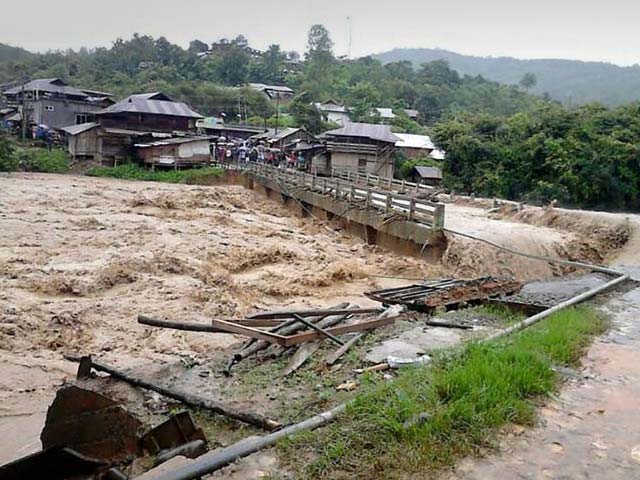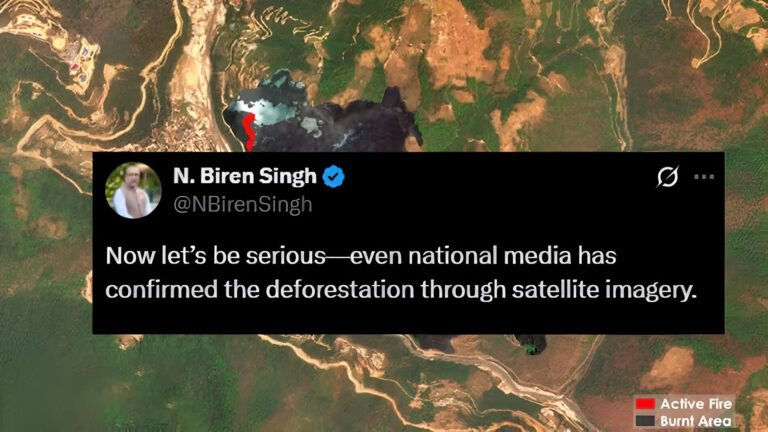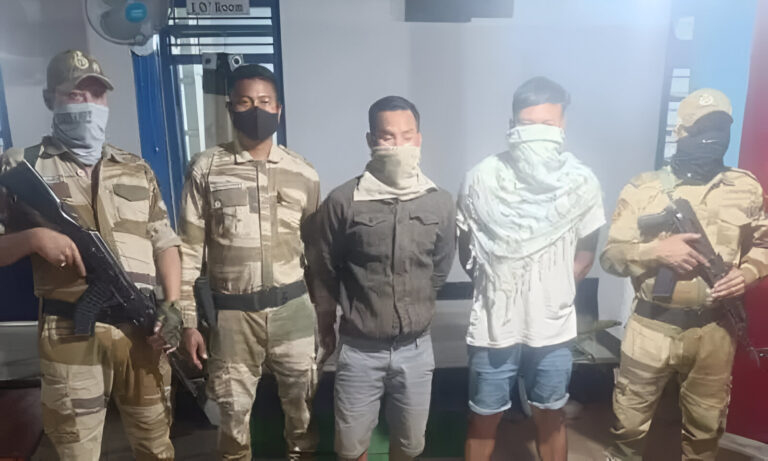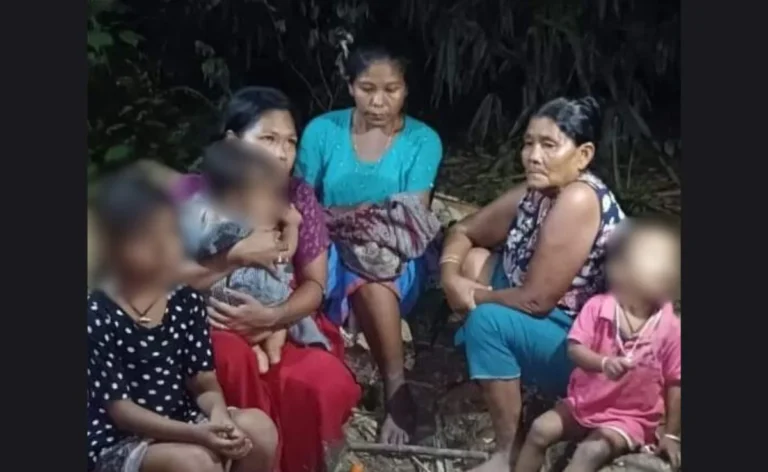Flood Mayhem in Churachandpur: Heavy Rains Wreak Havoc
Short Summary of the News
Heavy monsoon rains hit Manipur’s Churachandpur district starting the afternoon of July 8, 2025, and continued through July 9. This triggered overflowing of the Lanva River—submerging villages between Pearsonmun and Mualkoi—and the Tuitha (Khuga) River, inundating 115 homes across Neihsial Veng, Kerith, Zoumunuam, PCI Colony, New Zouveng, and Nazareth. Key areas like Tedim Road and Tuibong Market were flooded, with residents forced to take shelter in community centers as water reached a suspension bridge at Zoumunnuam village
Introduction: A Deluge That Changed Lives
What happens when Mother Nature decides to show her might in Manipur? Over the weekend of July 8–9, 2025, relentless downpours unleashed a flood-like scenario in Churachandpur, submerging roads, market areas, villages—and livelihoods. The surge in the Lanva and Tuitha (Khuga) rivers washed communities into makeshift shelters, disrupting daily life and leaving a wake of tremors in its path. But life also showed its brighter side: communities rallied, local authorities acted swiftly, and the floodwaters became a catalyst for resilience. Let’s dive deep, one raindrop at a time.
1. The Rain That Refused to Stop
From the afternoon of July 8, the heavens opened up—and didn’t relent . This wasn’t just another monsoon downpour; it was persistent, heavy, and covered a significant stretch of Churachandpur district. Within hours, rivers began swelling.
2. Rivers Overflow: Lanva & Tuitha Unleashed
Lanva River: A Silent Invader
The Lanva River, coursing near Pearsonmun and Mualkoi, swiftly breached its banks. Homes, farmland, and rural roads went under a cold, muddy wash. When rivers turn into invaders, their sudden arrival leaves little warning—forcing entire villages to grapple with disruption overnight .
Tuitha (Khuga) River: The Unforgiving Stream
Often known as the Khuga River, Tuitha brought water where no one invited it. It invaded 115 homes across diverse settlements: Neihsial Veng, Kerith, Zoumunuam, PCI Colony, New Zouveng, and Nazareth. Water even crept up to the suspension bridge at Zoumunnuam, pressuring its very structure
3. Life on the Edge: Roads to Markets
Flooded Lifelines: Tedim Road and Tuibong Market
These aren’t just names on a map—they’re the arteries of Churachandpur life. Tedim Road, the main route, and Tuibong Market, a bustling hub, were overtaken by floodwaters, reducing them to watery tracks inaccessible to vehicles or pedestrians
Sheltering in Safety
With homes swamped, residents found solace in nearby community centers. It wasn’t a choice—they were driven there, by rising waters that turned rooms into ponds overnight .
4. Counting the Impact
- 115 homes inundated across half a dozen neighbourhoods.
- Major sections of Tedim Road blocked, hampering travel.
- Tuibong Market, a commercial hub, shut down, affecting income and access.
- Critical assets like a suspension bridge nearly toppled.
- Communities and infrastructure faced significant strain within hours.
5. What Triggered This Fury?
Monsoon Rains to Blame
Starting July 8 afternoon, steady heavy rain escalated into an all-day event on July 9
Geography Reacts Brutally
Churachandpur lies in a rain-rich, hilly terrain with rapidly swelling rivers. Even one day of relentless rainfall becomes a challenge—and this time, nature compounded it.
Final Thoughts
Yes, heavy rains are part of life in Northeast India. But the story shouldn’t be just one of despair—it can be one of preparedness and community strength. Churachandpur’s recent ordeal is a wake-up call, not a full stop. Let’s learn, build, and evolve—so that next time skies pour, we rise stronger.
Frequently Asked Questions
1. What triggered the flooding in Churachandpur?
A continuous, heavy rainfall from July 8 afternoon through July 9 caused the Lanva and Tuitha rivers to overflow, flooding villages and roads
2. How many homes were affected, and where?
115 houses were submerged across six settlements: Neihsial Veng, Kerith, Zoumunuam, PCI Colony, New Zouveng, and Nazareth .
3. What infrastructure was damaged?
Important structures like Tedim Road, Tuibong Market, and a suspension bridge at Zoumunnuam were hit. Roads were blocked and markets closed due to flooding
4. Did authorities take action?
Yes—the rain warnings were issued, community centres transformed into emergency shelters, and rescue agencies responded to the unfolding crisis
5. What can help prevent future floods?
Strategies include installing early warning systems, reinforcing embankments and roads, creating buffer zones, restoring wetlands, and conducting community preparedness programs.






